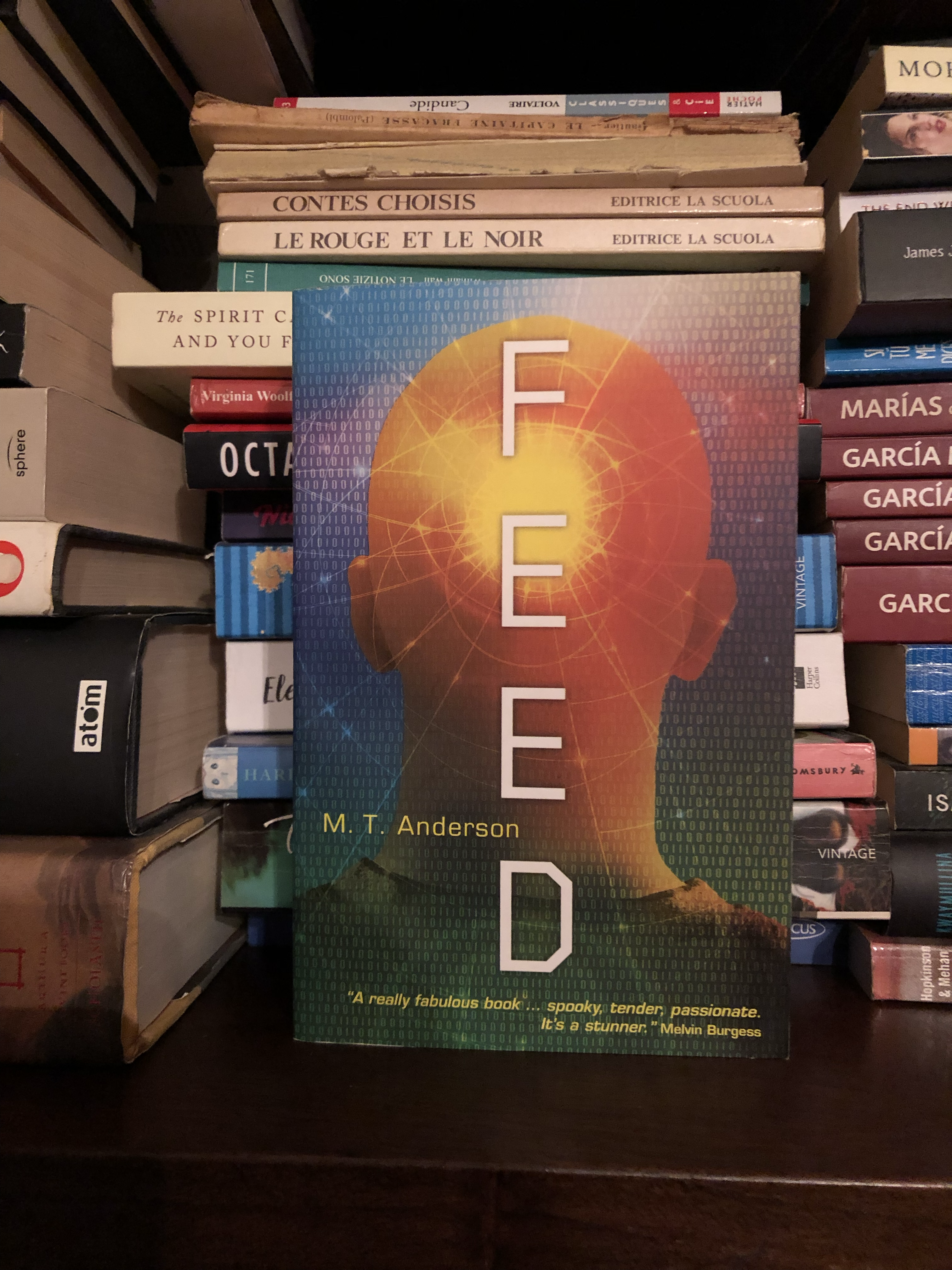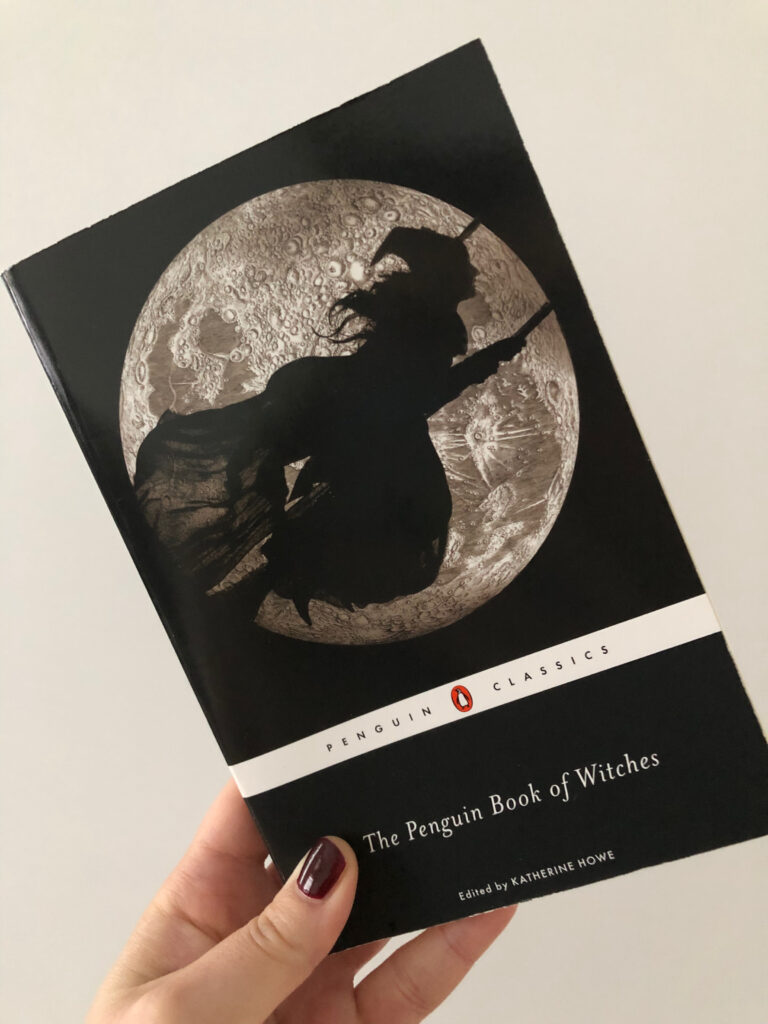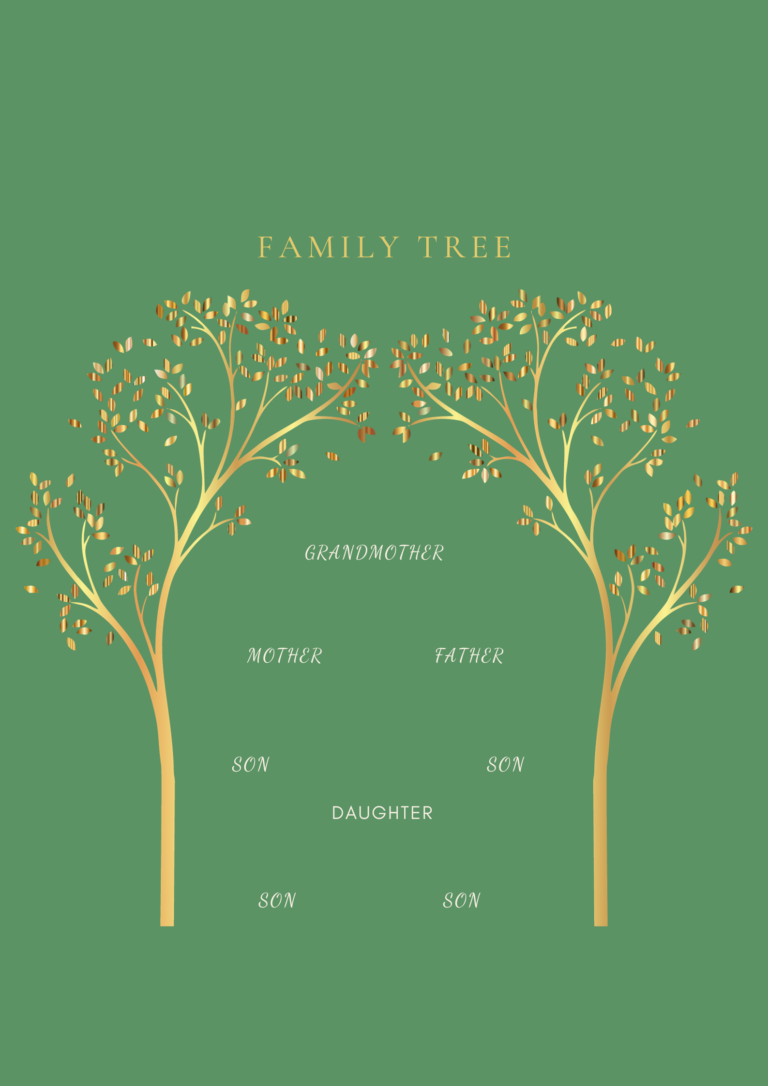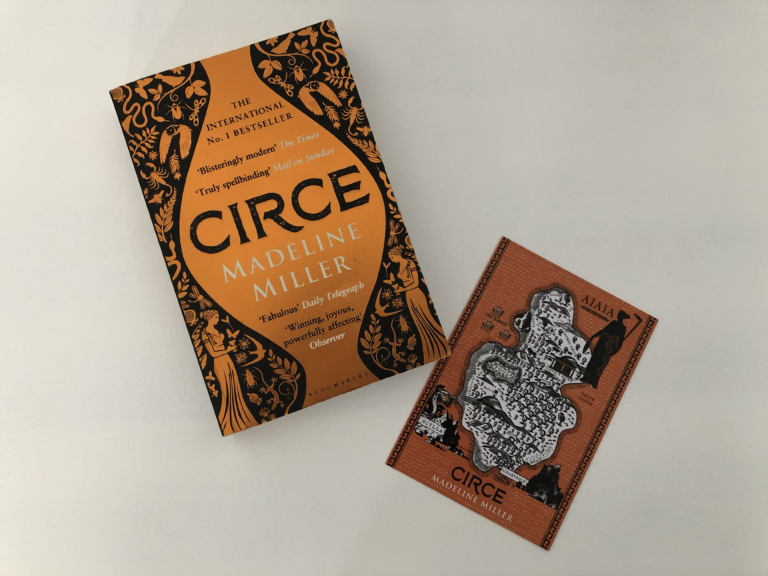“…It’s like a spiral: They keep making everything more basic so it will appeal to everyone. And gradually, everyone gets used to everything being basic, so we get less and less varied as people, more simple. So the corps make everything even simpler. And it goes on and on.”
― M.T. Anderson, Feed
M.T. Anderson‘s “Feed” is a dystopian novel that doesn’t just immerse you in a futuristic world; it challenges your perceptions of language, technology, and the consequences of a society obsessed with instant gratification. At its core, “Feed” is a gripping narrative that explores the stark contrast between the simplistic language used by many characters and the eloquent, insightful speech of the secondary protagonist, Violet.
Set in a not-too-distant future, where the “Feed” is a brain implant that connects individuals directly to a global information network, the novel presents a society in which communication has become distilled to its simplest form. Characters often use a basic, abbreviated language characterized by short, fragmented sentences. This linguistic style represents the over-simplistic reality they live in, where everything is instantly accessible, and deeper, more nuanced communication has become obsolete.
It’s within this context that we encounter Violet Durn, a character who stands out like a beacon of intellect and linguistic richness. From her first appearance in the narrative, Violet’s speech is marked by its clarity, depth, and precision. In a world where people communicate in emojis and short phrases, Violet’s ability to articulate complex thoughts and emotions sets her apart as a character of immense depth and intelligence.
The contrast between Violet’s way of speaking and the language of those around her serves multiple purposes in the novel. Firstly, it highlights her as a unique and compelling character. Her words resonate with depth and meaning, drawing the reader into her perspective and making her journey all the more engaging.
Secondly, this linguistic contrast serves as a powerful commentary on the impact of technology on human communication. In a society where the Feed provides instant information and gratification, there’s a diminishing need for traditional language. People have become accustomed to shallow, rapid exchanges, sacrificing depth and nuance in the process. Anderson’s portrayal of this linguistic decline is a chilling reflection of how our own relationship with technology can shape our language and interpersonal connections.
“Feed” is not just a cautionary tale about the dangers of overreliance on technology; it’s also a suspenseful thriller. As Violet and the main character, Titus, navigate a world where the Feed begins to malfunction, they must rely on their wits and resilience to survive. The tension in the story is palpable, and the stakes are high as they uncover the dark secrets of their society.
Anderson’s prose is masterful in its ability to convey both the urgency of the plot and the depth of the characters’ emotions. The novel’s world-building is immersive, painting a vivid picture of a future that feels disturbingly plausible. It’s a testament to Anderson’s skill that he can craft a world so foreign yet eerily familiar.
In conclusion, “Feed” by M.T. Anderson is a thought-provoking and timely exploration of the intersection of technology, language, and society. The stark contrast between the simplistic language of most characters and Violet’s eloquence underscores the novel’s central themes and serves as a powerful commentary on the impact of technology on communication.
With a compelling plot, well-drawn characters, and a haunting vision of the future, “Feed” is a must-read for anyone interested in thought-provoking dystopian fiction that challenges our perceptions of the world we live in.
Anderson’s novel is a cautionary tale that lingers in the mind long after the final page is turned, and will leave you to contemplate the power and perils of the digital age – and keep in mind, it was written in 2002.
Want to give this book a chance? Here’s our Amazon Associates link to purchase this book.







